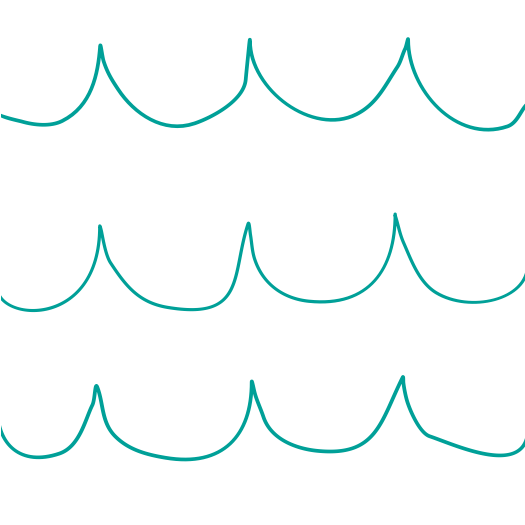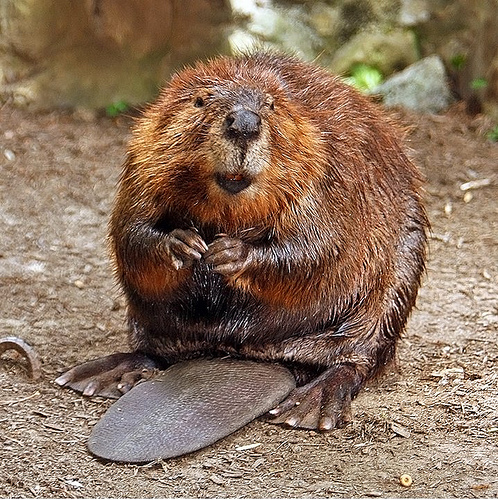Sustainable VSRegenerative



The Difference BetweenTwo Conceptsfor the Future



Regenerative design helps sustainable design move forward
For years we’ve been told to lessen our footprints on the planet; make less of a negative impact in order to be sustainable. If sustainable means, ‘to make last’, then it’s necessary to ask, what are we trying to make last?
“Sustainable Development is a half-vast approach to vast problems. It’s purpose, to make life on this planet sustainable, is a noble disguise for the maintenance of the status quo.” - Medard Gabel
Not to knock the status quo; we have unprecedented levels of wealth and health than ever before, but we don’t want to remain stagnant, either. The concern of minimizing our impact is a focus on the negative. It's limiting ourselves to only weaken our environmental bad behaviors, as though there is some abstract level that any degradation to the environment is acceptable. Impact goes both ways. Consider instead leaving a larger footprint with the world better off because of it. Just think sustainability with a regenerative approach.
Regeneration considers humans as part of the ecosystem, not just users. Like all living creatures, we evolved from the planet to exist within it. Yet, all other living creatures are not worrying about their footprint. In fact, most animals enhance the ecosystem.
Look at the beaver. He also likes to cut down trees to build his home, the dam. He builds his dam on the river and creates a large pond beside it. According to PBS, "Beaver dams keep more water on the land and mitigate the effects of droughts in arid environments. While swimming, beavers also dig into the mud below the surface and slow the water evaporation process."
Like us, the beaver is a keystone species. Their means of living determines the existence of the surrounding ecosystem. In places where the beaver has left, the wildlife and forest has disappeared as well. Even though the beaver cuts down trees, he also provides just what the trees need in order to survive; a diverse ecosystem.
Regenerative design seeks to work on this level. Not only thinking of what ‘sustainable materials’ to use, but how our lives are directly placed within the environment. It’s a matter of looking at the entire system to make the byproducts of our way of life valuable resources, not waste. Not just zero waste, but a rejuvenation of the ecosystem. Leaving things better than before.
Obviously, this doesn’t mean we won’t extract from nature. We wouldn’t survive. But extraction doesn’t have to lead to destruction and bad behavior. If planned properly, we can coexist with the environment. We just have to be able to think ahead.
The words regenerative and sustainable are less important than what kind of world they inspire us to create. Sustainable is considered to be a short term, quick fix solution, perhaps to hold us off long enough to get towards a regenerative solution. But like most short term solutions, they become permanent. Just like the concept of reduce, reuse, recycle works to minimize the side effects of society, it does not motivate to get rid of the causes that make such a concept necessary in the first place. Regenerative design requires long term thinking and a drastic shift in our design approach.
As a collective, we must create the vision of the future we desire rather than one we fear. Setting a clear outcome to a goal is the first step to achieving it. We can work together to define our world of abundance and regeneration designed with the system in mind.
Nature: Leave it to Beavers is PBS documentary about beavers. It’s available through Amazon and on Netflix.
Make your footprint matter
- Regenerative design creates a closed loop system; you give back to nature what you take from it.
- Inspire a long-term vision, not short term fixes.
█






